
Cement Exports to Pakistan Up 100%
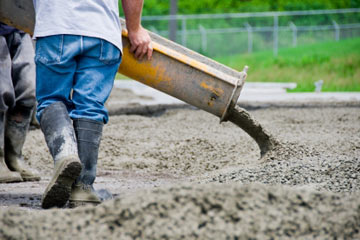
“Forty-six trains transported Iranian cement from the city of Zahedan in Sistan-Baluchestan Province to Pakistan’s Quetta City during the eight-month period,” Majid Arjouni was also quoted as saying by ILNA.
Iran is looking for alternative export destinations after losing the lucrative Iraqi market, as Baghdad banned imports of Iranian cement in April this year to support local producers.
According to Cement Employers Association, plans are underway for cement production to reach 57 million tons by the end of the current Iranian year (March 20, 2017), 20% of which will be earmarked for exports.
Iran manufactured 58.6 million tons of cement last year, down 12% from the year before.
Last year’s exports fell from 20% compared to the previous year to 15 million tons. The plummeting production led to a fall in Iran’s global ranking, as the country stood three steps lower in 2015 from the previous year’s fourth position among top cement producers.
Based on the goals set in the 20-Year Vision Plan (2005-25), cement production capacity is set to reach 120 million tons per year, up 40 million tons from the current capacity. Exports are envisioned to rise 68% to 32 million tons.
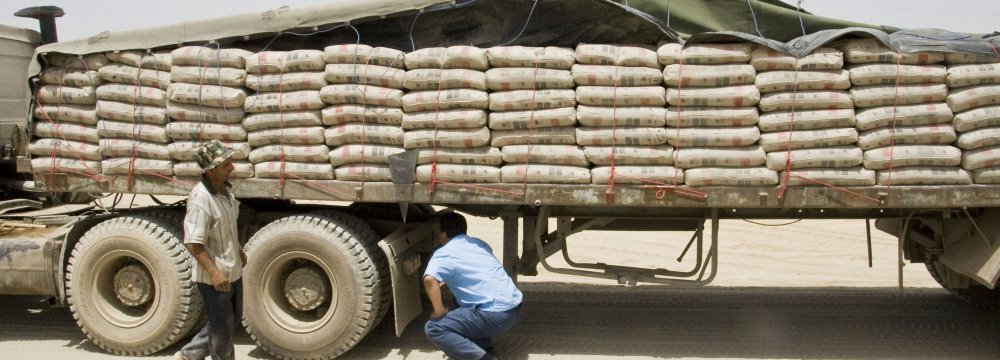


Alba Discloses its Financial Results for the Second Quarter and H1 of 2025

US slaps tariffs on 1-kg, 100-oz gold bars: Financial Times

Copper price slips as unwinding of tariff trade boosts LME stockpiles

Codelco seeks restart at Chilean copper mine after collapse
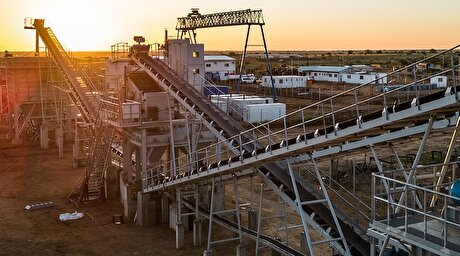
NextSource soars on Mitsubishi Chemical offtake deal
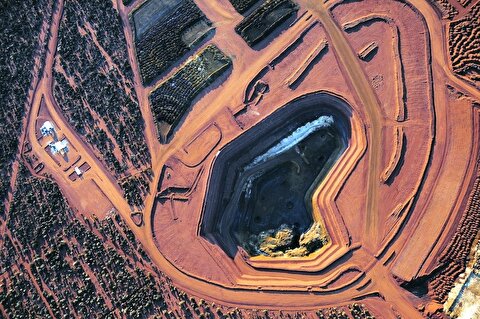
Australia weighs price floor for critical minerals, boosting rare earth miners
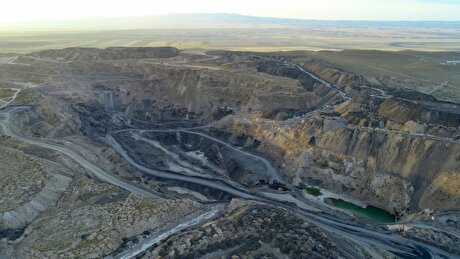
Uzbek gold miner said to eye $20 billion value in dual listing
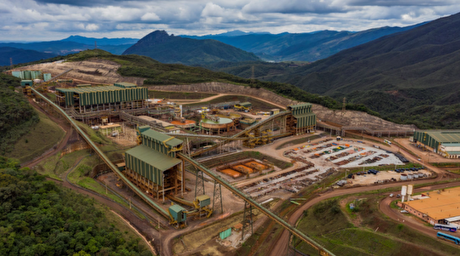
BHP, Vale offer $1.4 billion settlement in UK lawsuit over Brazil dam disaster, FT reports

Hudbay snags $600M investment for Arizona copper project
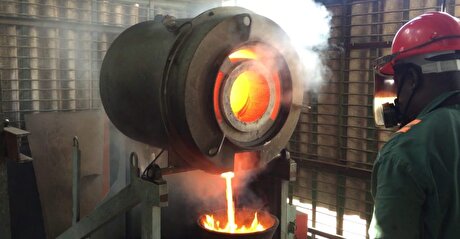
Zimbabwe labs overwhelmed as gold rally spurs exploration, miner says
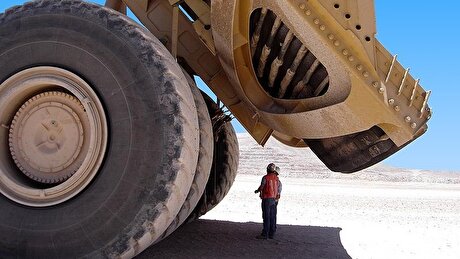
Cochilco maintains copper price forecast for 2025 and 2026
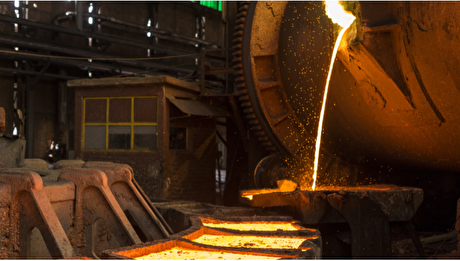
Adani’s new copper smelter in India applies to become LME-listed brand

HSBC sees silver benefiting from gold strength, lifts forecast
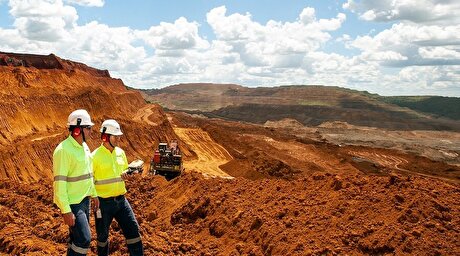
Mosaic to sell Brazil potash mine in $27M deal amid tariff and demand pressures
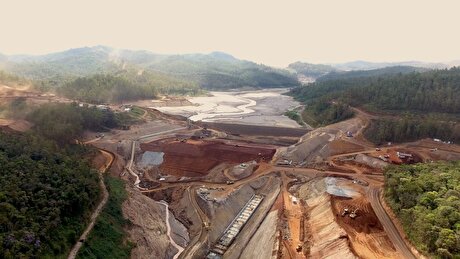
Samarco gets court approval to exit bankruptcy proceedings

Hudbay snags $600M investment for Arizona copper project

Discovery Silver hits new high on first quarterly results as producer

Trump says gold imports won’t be tariffed in reprieve for market

AI data centers to worsen copper shortage – BNEF

Cochilco maintains copper price forecast for 2025 and 2026

Adani’s new copper smelter in India applies to become LME-listed brand

HSBC sees silver benefiting from gold strength, lifts forecast

Mosaic to sell Brazil potash mine in $27M deal amid tariff and demand pressures

Samarco gets court approval to exit bankruptcy proceedings

Hudbay snags $600M investment for Arizona copper project

Discovery Silver hits new high on first quarterly results as producer

Trump says gold imports won’t be tariffed in reprieve for market

AI data centers to worsen copper shortage – BNEF














